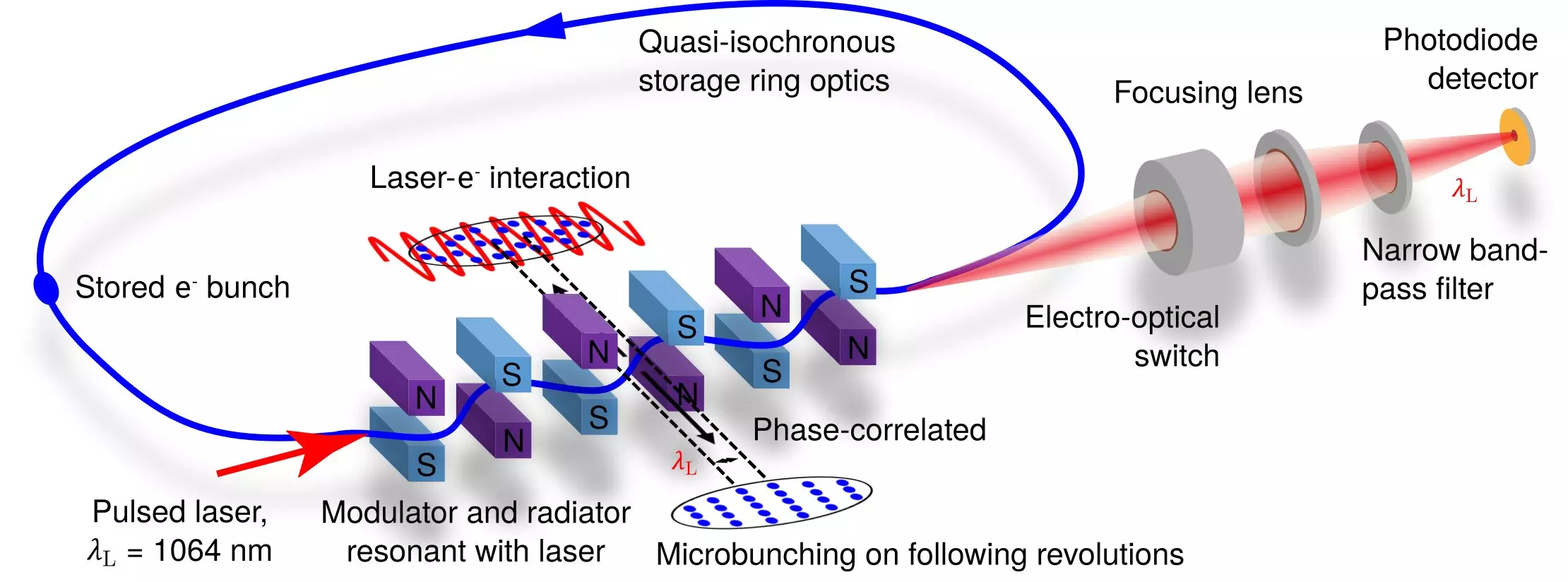In the world of materials research, the use of synchrotron radiation has become a common practice. This type of radiation is emitted when ultrafast electrons are deflected in storage rings, producing longitudinally incoherent light with a broad spectrum of wavelengths. While this light is already a powerful tool for scientists, the potential for further enhancement has always been present. The idea of delivering monochromatic, coherent light with outputs of several kilowatts, much like a high-power laser, seemed like a distant dream.
In 2010, physicist Alexander Chao and his doctoral student Daniel Ratner presented a groundbreaking solution to this challenge. By shortening the electron bunches in a storage ring to lengths smaller than the wavelength of the emitted light, the radiation becomes coherent. This discovery led to a significant increase in the power of the emitted radiation, making it millions of times more powerful. The traditional approach of using monochromators to select individual wavelengths was no longer necessary, as the coherent light provided a much higher radiant power output.
Chinese theorist Xiujie Deng introduced a set of settings for a specific type of circular accelerator known as isochrone or “low-alpha” rings, as part of the Steady-State Micro-Bunching project (SSMB). These settings, combined with the use of lasers, enabled the creation of short particle bunches as small as one micrometer. Collaborative efforts between researchers from HZB, Tsinghua University, and PTB led to the successful demonstration of this concept in a proof-of-principle experiment in 2021. The utilization of the Metrology Light Source (MLS) in Adlershof played a crucial role in showcasing the feasibility of Deng’s theory.
While the results of the SSMB project are promising, there are still challenges to overcome before this technology can be fully realized. Project manager Jörg Feikes acknowledges the long-term nature of such developments, drawing parallels to the evolution of free-electron lasers. The journey from initial experiments to the establishment of kilometer-long superconducting accelerators is a testament to the patience and dedication required in pushing the boundaries of scientific innovation. As researchers continue to explore the possibilities offered by coherent synchrotron radiation, the potential for groundbreaking advancements in materials research becomes increasingly tangible.



Leave a Reply